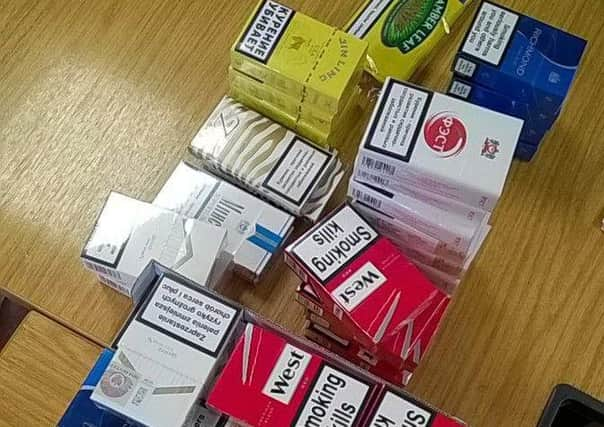Counterfeit cigarettes haul across the county almost topped 200,000


And the number of people prosecuted for selling counterfeit and non-duty tobacco products has also rocketed, an investigation by a Johnston Press newspaper has found.
The price of cigarettes has almost doubled since smoking in public was banned ten years ago, from £5.33 to £9.91.
Advertisement
Hide AdAdvertisement
Hide AdUp to 88 per cent goes on excise duty and VAT, it was estimated.
It was also revealed how: n 188,580 sticks of cigarettes were seized by the county council in 2016/17, up from 37,760 in 2012/13; n 27 people were prosecuted, down from 35 over the same period;
n Nobody in Lancashire has been caught by police for smoking in a car with children since it was outlawed two years ago; and n Some authorities in the county have not issued any punishment for breaching the 2007 Smoke Free legislation.
Earlier this year, more than 100 tonnes of imported raw tobacco with a value of £17m was uncovered during a nationwide investigation that centred on Lancashire.
Advertisement
Hide AdAdvertisement
Hide AdA Poland-based criminal network was using several sites in the north west and Essex to process raw tobacco into illegal products in an attempt to evade excise duty and VAT.
Coun Albert Atkinson, the deputy leader of Lancashire County Council and responsible for Trading Standards, said: “Combating illegal tobacco has become an increasing priority for Trading Standards and we’ve secured a number of successful prosecutions following our own inspections, and intelligence received from members of the public.
“Illicit tobacco is linked to the funding of serious organised crime, and more and more people are coming to understand the threat it poses to our communities, and are prepared to report it.”